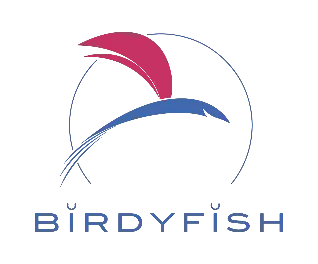With the foil events of the moment, we think that the question can be asked how to start foiling ? Before explaining how to start foiling, let’s quickly review the basics.
The foil is a wing positioned under a support (hull or board), which aims to reduce friction with the water to act on the speed and stability of the support through the force of lift. This force allows the support on which the foil is positioned to rise and thus to « fly » above the water.
The foil is a very old practice. If you want to know more about the history of the foil, we invite you to consult our article which traces it : L’histoire du foil – BirdyFish – Constructeur de bateau à foil
But its practice has become widely democratized in water sports in recent years.
You are interested in it but you don’t know how to start foiling ? We explain you everything in this article.
| 5 good reasons to start foiling, we make prejudices fly
The foil is not there to replace or erase all other nautical practices, but to bring something different. So why start foiling ?
Here are 5 good reasons to start:
1- Discover new sensations
By its very definition, foiling makes you fly in a wonderland. No matter what kind of support it is, starting foiling allows you to access unique sensations of flight, unequalled to the usual sensations of classic supports. Lightness, freedom, pleasure, and many other adjectives to describe the flight thanks to the foil.
2- Challenge yourself
To leave your comfort zone is to challenge yourself by not being afraid to discover new practices. Starting foiling is one of them! If you are passionate about water sports, there is no doubt that you have already come across foil boats. Perhaps you have never dared to try it. Take this article as an opportunity to challenge yourself, jump into the water and start foiling!
3- Various supports at your disposal
We will see it just after, but the foil is not limited to a single support. You have in front of you many possibilities in terms of supports to begin foiling, which can allow you to orient yourself towards the one you are most attracted to. For example, if your favorite sport is stand up paddling, then the Supfoil should appeal to you. However, the field of possibilities is open to you to discover and/or rediscover certain practices under the angle of the foil.
4- Evolve at your own pace
The multiplicity of supports and equipment allows you to easily start foiling, but also to evolve to improve your technique, or even to participate in races. Depending on the type of board, there are different models of boards, foils and sails adapted to your level. So you are not blocked, you want to evolve, you can!
5- Ride the waves
One of the main advantages of the foil is that you fly over the water… which means: goodbye to the waves and swell. It’s a great feeling to see a wave coming and just ride it. You have to experience it to understand it..
The foil is also surrounded by many preconceived ideas, we invite you to sweep them away and take the plunge !
– The foil is too dangerous –
We would be lying if we told you that it is impossible to get injured while foiling, just like any other sport. For your safety, equip yourself properly.
– Foiling is too complicated –
No, foiling is not inaccessible, the practice is developing and offers supports for all levels, it’s all a question of training, as for any other practice.
– The foil is a practice of young people –
No, foiling is not only a practice for « young people », it is a practice for enthusiasts. Whatever your age or level, you will find what you are looking for.
| Knowing how to surround yourself to start foiling
The tutorials on Youtube should be enough for you… Obviously, this is not true !
As for learning any practice, it is important to know how to surround yourself. Especially since learning foil will be different depending on the support(s) you choose. It’s also more friendly to share it with others, isn’t it?
Several possibilities are available to you to start foiling :
– Go to a sailing school –
You may know Les Glénan, wich is a huge sailing school in France. But there is also a lot of sailing school all over the world. For year-round courses or occasional training, learning at a sailing school is the ideal way to start foiling. Surrounded by professionals, and with a variety of equipment, you will find what you are looking for !
Pour trouver le club près de chez vous : Fairedelavoile.fr | Le site pour Naviguer selon mes envies
– Learn to foil with your friends –
If you are lucky enough to have foil enthusiasts in your entourage, and if they practice the discipline you are interested in (surfoil, wingfoil, foil dinghy…), they will certainly be able to help you start foiling. Your entourage does not replace what an instructor can give you, but completes it with his/her knowledge and personal experiences.
– Tutorials, magazines… –
As we said before, it is obvious that this solution will not teach you to foil from A to Z. However, to start foiling it can be enriching to complete your learning by learning through tutorials, sharing experiences of other enthusiasts, reading specialized articles in the field …
| When to start foiling
There is no good or bad time to start foiling. After that, if you have the courage to start in winter, we congratulate you for having the strength to face the cold !
Young or old, starting foiling is not essentially a question of age. For a person of 4 or 80 years old, it is obviously more complicated… but that should not be a brake. Whether you are 14, 30 or 60 years old, if you want to start foiling, and you can, then go for it !
We would say the same for the time of the year, winter or summer, go for it when you want. It’s all a matter of determination to learn (it’s more enjoyable in spring or summer, we must admit).
| A variety of supports to start foiling
If you know a little bit about the sector, and/or if you have read our article on the history of foil, it does not escape you that foil has spread to many practices.
Each one of the supports has its singularity, so it’s up to you to judge which one you are more attracted to, and which one seems the easiest for you (depending on your experiences…) to start foiling.
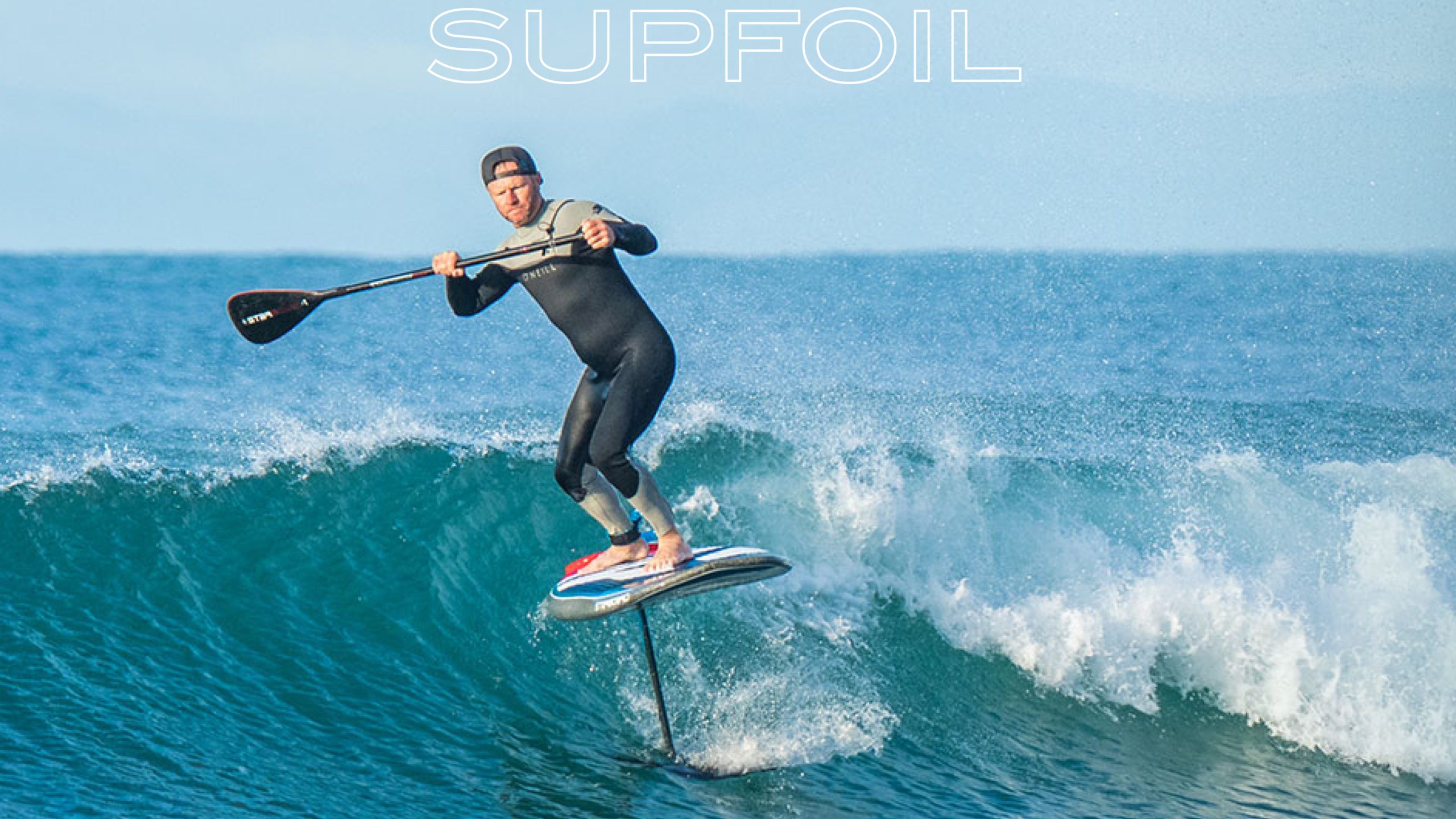
Supfoil ________________________________________________________
Based on the stand up paddle, the foil sup adds a foil under the paddle board, to allow it to take off from the water. This practice does not require any sail, contrary to other supports, but a paddle, as for the practice of the classic paddle. If you are a surf or paddleboard enthusiast, you will be familiar with the supfoil.
In simple terms, if you add a wing to it, it becomes a wingfoil.
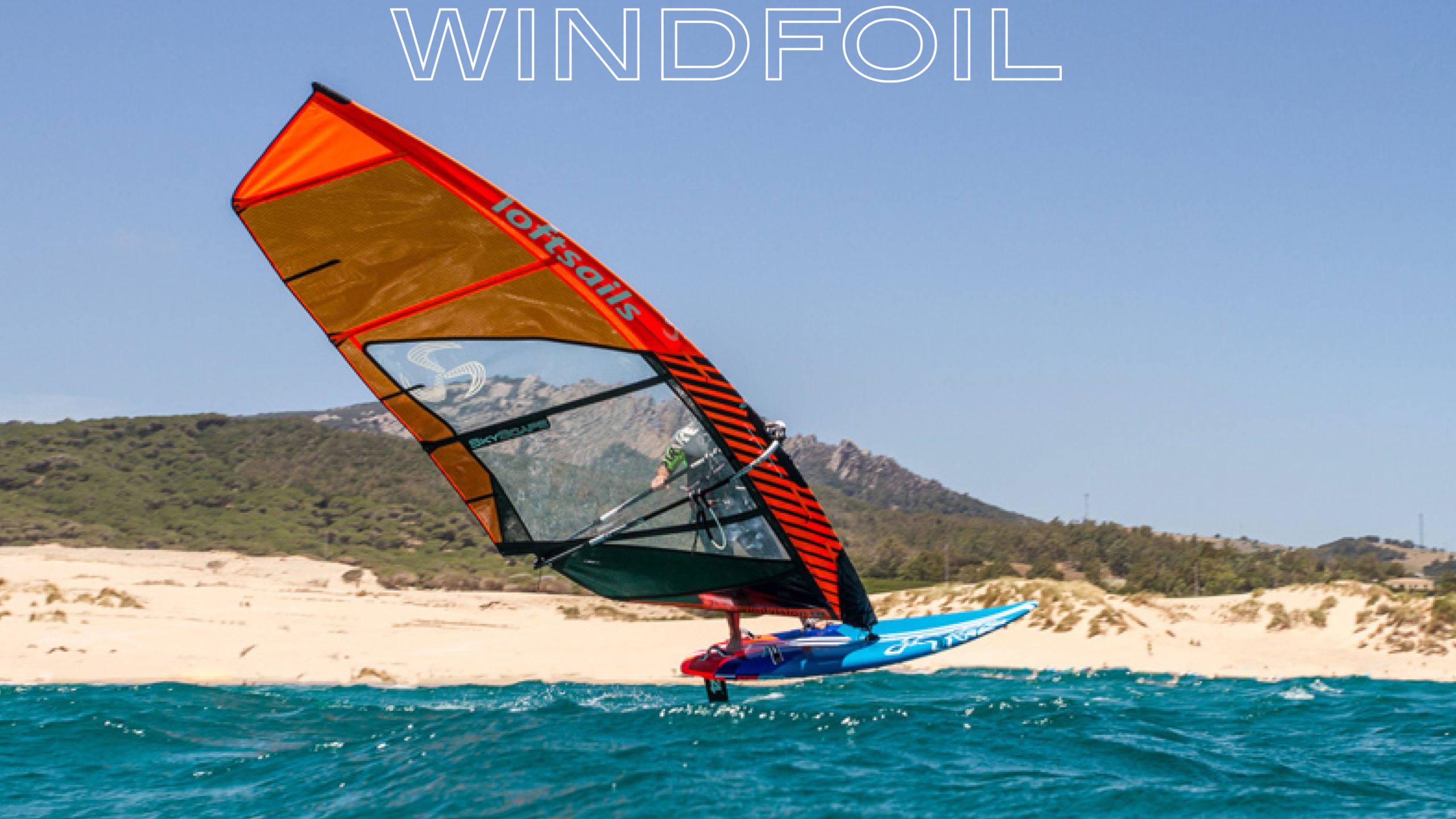
Windfoil ______________________________________________________
This practice adds a foil under the windsurf board. In short, it is an evolution of windsurfing, with similar equipment.
Note that the IQfoil class is for the first time selected to be present at the Paris 2024 Olympic Games.
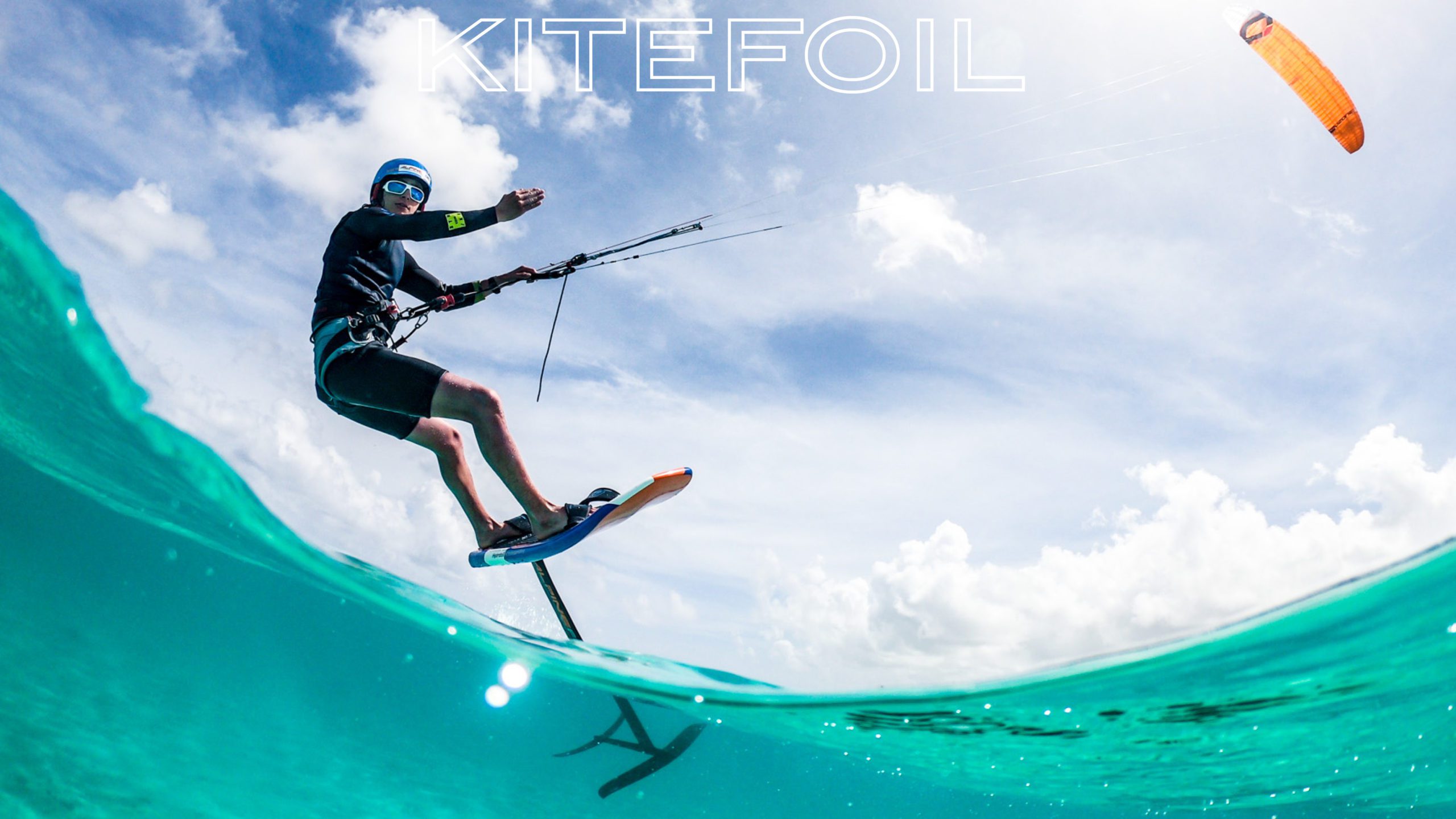
Kitefoil _______________________________________________________
As its name indicates, the kite foil starts from the practice of kite surfing, to which we add a foil to the board. As a reminder, it consists of a board and a rigid wing connected, or even attached, to the rider. The addition of a foil on the board, as for the other practices, comes to increase tenfold the sensations by raising itself from the water.
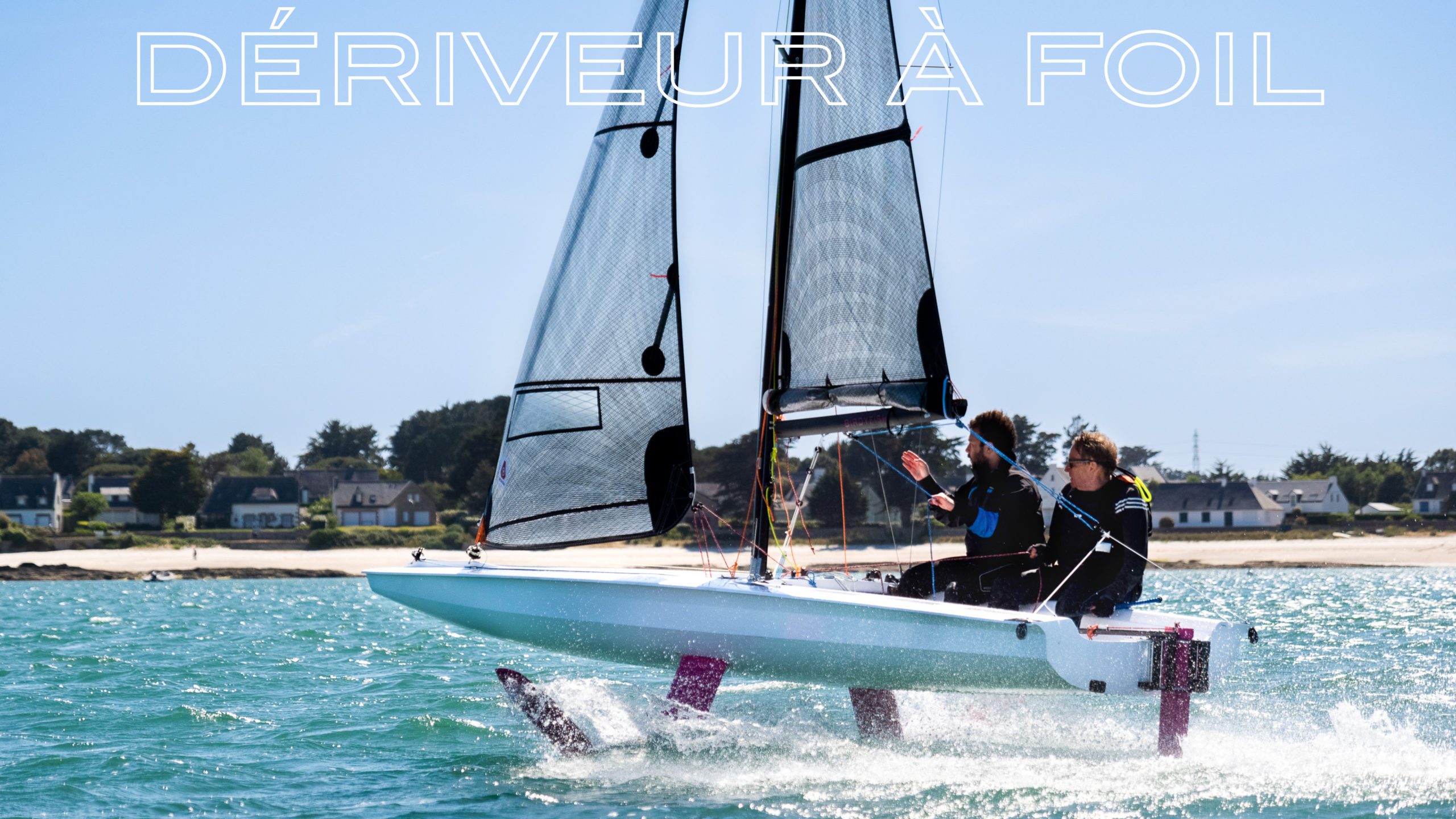
Dériveur à foil _______________________________________________
While foil dinghies used to be mainly found in big races, the support has been widely democratized.
Contrary to the other supports presented, it is not a board, but a single or multi-hull boat depending on the model. The number and the shape of the foils can vary according to the models.
We have briefly presented some of them, but there are still other supports to start and practice foil (wakefoil, surfoil…). As you can see, they are all inspired by an initial practice to which foil is added. There is nothing to stop you from training on the initial practice first, then evolving to foil for a better ease.
Although these different practices seem to be very similar (especially the practices on boards), if we look closer, each one has its specificities in the board, the type of foil but also the sail.
| Our advice
Whatever medium you choose to start foiling, we have a few tips to share with you to make the most of it :
– Vérifiez votre spot de session –
Whether you are new to foiling or not, always study and locate your spots before your session. Water depths and weather conditions, be vigilant.
_____________________________________________________________
– Rendez vous sur un plan d’eau plat –
The presence of swell is not incompatible with the practice of foil, but makes it more complex. To start foiling, we recommend that you go to a flat water area, if you have one near you.
_____________________________________________________________
– Equipez-vous en conséquence –
Depending on the media, equipment may vary. But wearing a wetsuit is recommended. In case of a fall, if you go out in cold water, we can assure you that a wetsuit is welcome. Similarly, a helmet and vest are recommended for your safety.
_____________________________________________________________
– Fixez vous des objectifs –
Que ce soit pour débuter le foil, ou pour n’importe autre nouvelle chose que vous voulez entreprendre dans votre vie, nous vous conseillons de vous fixer des objectifs. Raisonnables au début, mais qui peuvent évoluer, ils vous aideront à toujours garder en tête pourquoi vous avez débuté, à garder le cap et ne pas abandonner.
– Naviguez dans une baie –
It would be a shame to scare yourself by being blown out to sea by the wind. If you are not yet comfortable with foiling, practicing in a bay is a good idea since you can always come back to shore.
_____________________________________________________________
– Ne partez pas seul –
When you are a beginner, and even at a good level, remember to tell someone about your departure and your planned sailing times. Sailing with others for more fun is also a good solution.
_____________________________________________________________
– Créez votre réseau –
Foiling can also be a team sport! Whether you are just starting out or not, it is very rewarding to surround yourself with other enthusiasts to share the fun. Through your own connections, or through Facebook groups, we invite you to create contacts, to motivate you, for even more fun, but also to learn from others’ experiences.
_____________________________________________________________
– Prenez des noTake notes –
Notez ce que vous avez appris, vos réussites, vos échecs, vos rencontres, et bien d’autres, cela vous aidera à avoir une visibilité sur votre parcours, votre évolution, en prenant du recul, et aussi à ne pas vous décourager !
As with starting any new practice, patience and perseverance are sometimes required. Believe in the learning process and don’t let yourself be discouraged by a few difficulties or failures. If you want to learn to practice a foil stand, you can do it !
| BirdyFish, the foil dinghy that takes you from learning to racing
Faced with the fact that foiling needed to be democratized, BirdyFish wanted to allow thousands of enthusiasts to have access to racing sensations that were previously unheard of.
The BirdyFish is a foil dinghy that can be sailed solo, double-handed or even triple-handed depending on the crew. It allows you to start foiling with the fun version, but can also become more technical and evolve towards racing with the regatta version and its membrane sail set.
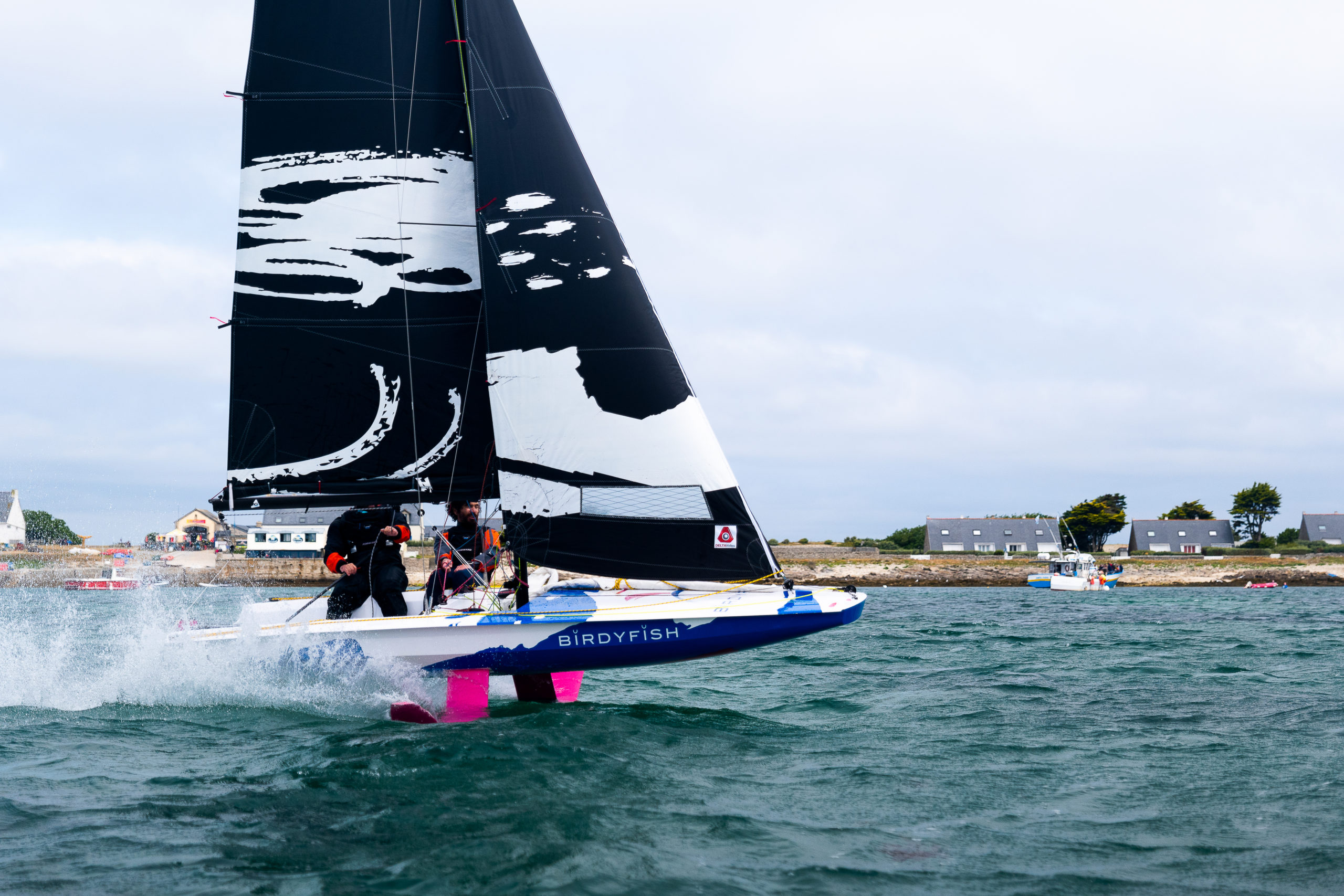
Fun version
Initial version of the BirdyFish, it is a concentrate of technology from the race at the service of pleasure. A sum of details, which together make this boat easy, fast and stable.
The self-regulating J-shaped foils, which not only make the boat fly, but also contribute to its righting. The physical dimension of the crew does not become a condition to take off.
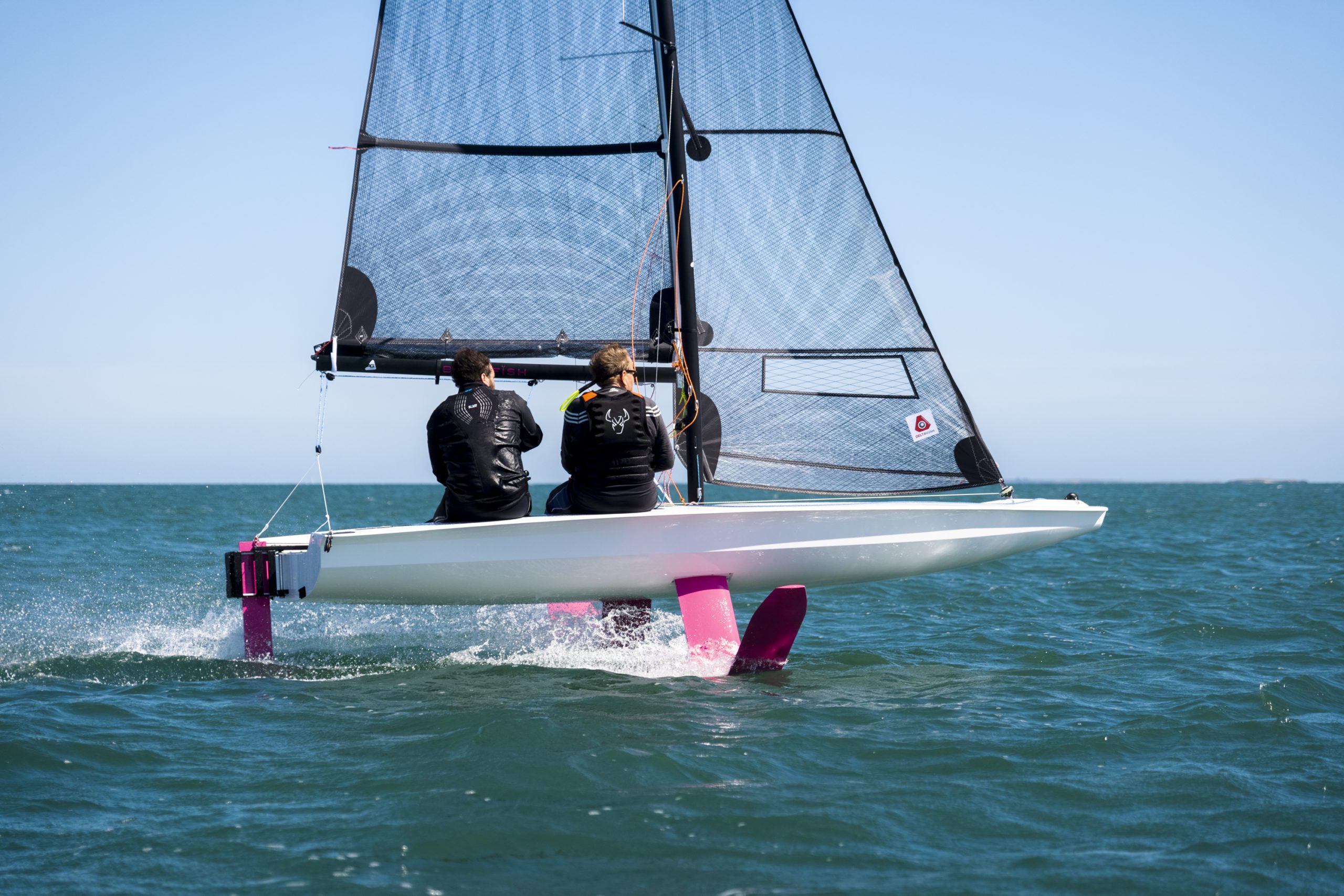
Race version
We dreamed in front of the « Sailgp » or « America’s Cup » races, Birdyfish had to race.
To stay within our concept of ease, we wanted to make the right modifications to get the most out of the boat. A different set of sails, an addition of fittings and you go from fun to race in the blink of an eye.
Flight, sensations, pleasure, fun, sharing, freedom… so many adjectives to qualify it given by those who tested it.
If you want to learn to foil with our BirdyFish, you can :
– join a sailing school that has BirdyFish in its fleet : BirdyFish – Où nous trouver – Dériveur | Made in France
– buy your BirdyFish : BirdyFish – Bateau à foils – Dériveur | Made in France
For the final word, we have only one thing to add: everything is a question of motivation and determination, don’t be afraid of foiling, jump in and enjoy !
